Description
The story of Yu Tu Wang Yue – Jade Rabbit Gazing at the Moon
According to the legend, long ago in ancient China, there was a rabbit who lived in the Moon Palace, home of the Moon Goddess named Chang’e. This rabbit was special, with fur as white as jade and eyes as bright as stars. Every year, on the night of the Mid-Autumn Festival, the rabbit would jump onto the moon to enjoy the moonlight.
One year, the Jade Rabbit discovered that he had run out of herbs and mooncakes to offer to Chang’e. Determined to find more, he descended to Earth and began his search for the missing ingredients. On Earth, he met an old man who offered to help him find the herbs and mooncakes, but only if he could complete three tasks. The Jade Rabbit accepted the challenge and successfully completed the tasks, earning the old man’s assistance in return.
However, when the Jade Rabbit finally found the herbs and mooncakes and tried to return to the Moon Palace, he found that he was unable to fly back to the moon. Stranded on Earth, he could only looked up at the moon and wish he could return one day.
This legend is still very popular in China today, especially during the Mid-Autumn Festival. People often look up at the moon and imagine the Jade Rabbit living there, still offering his gifts to Chang’e.
What is Qinghua Doucai
Qinghua Doucai is a type of traditional Chinese porcelain decoration method that features a combination of blue and white underglaze decoration and overglaze enamel decoration. It was developed during the Ming dynasty (1368-1644) and was perfected during the Qing dynasty (1644-1912). Qinghua Doucai literally means “blue and white with colored enamels” in Chinese.
The technique involves first painting the blue designs onto the porcelain using cobalt oxide pigment mixed with water and other materials. The porcelain is then fired at a high temperature to fuse the blue pigment with the porcelain body, creating a durable and long-lasting design. After the blue designs are painted, the porcelain is glazed and then fired again at a lower temperature to create a smooth surface for the application of overglaze enamels.
Next, colored enamels are applied to the glazed surface of the porcelain to create intricate designs and patterns. The enamel colors are made from a variety of materials, including metal oxides, and are applied using a brush or other tool. The porcelain is then fired once again at a lower temperature to fuse the enamel with the glazed surface, creating a vivid and colorful design.
Qinghua Doucai porcelain is known for its intricate and detailed designs, as well as its unique combination of blue and white underglaze decoration and overglaze enamel decoration. It is highly valued by collectors and enthusiasts around the world for its beauty and cultural significance, and is considered to be one of the most important andrepresentative forms of traditional Chinese porcelain.
Gilt painting in Jingdezhen tea ware
Jingdezhen porcelain with gilt painting is highly valued for its exquisite beauty and cultural significance. The gold powder adds a luxurious and elegant touch to the porcelain, creating a stunning contrast against the white porcelain background. It is a treasured art form that has been passed down through generations and is admired by collectors and enthusiasts around the world.
The process of creating Jingdezhen porcelain with gilt painting.
- Preparation: The first step in gilt painting is to prepare the materials required, including gold powder and gold water. Gold powder is made by grinding gold metal into a fine powder, while gold water is a mixture of gold powder, water, and glue.
- Draw the design: The artist then draws the design onto the porcelain using a pencil or charcoal. The design needs to be confirmed and finalized before proceeding to the next step.
- Apply glue: The artist applies glue onto the outlined design. The glue needs to be applied evenly to ensure that the gold powder will adhere to the porcelain surface properly.
- Apply gold powder: The artist then applies gold powder onto the glued design. The gold powder needs to be applied evenly and gently, covering every part of the design.
- Tap gently: The artist then taps gently onto the porcelain surface with a small tool to make sure that the gold powder adheres well to the glue.
- Glaze and fire: The porcelain is then glazed with a transparent layer to protect the gilt painting from wear and tear. The porcelain is fired in a kiln at high temperatures to fuse the glaze and gilt painting together, creating a beautiful Jingdezhen porcelain with gilt painting.
The process of creating Jingdezhen porcelain with gilt painting requiresgreat skill and precision. It involves carefully drawing the design onto the porcelain, applying glue and gold powder, and tapping gently to ensure that the gold powder adheres well to the porcelain surface. The porcelain is then glazed and fired at high temperatures to create a durable and long-lasting finish.
Video showcase
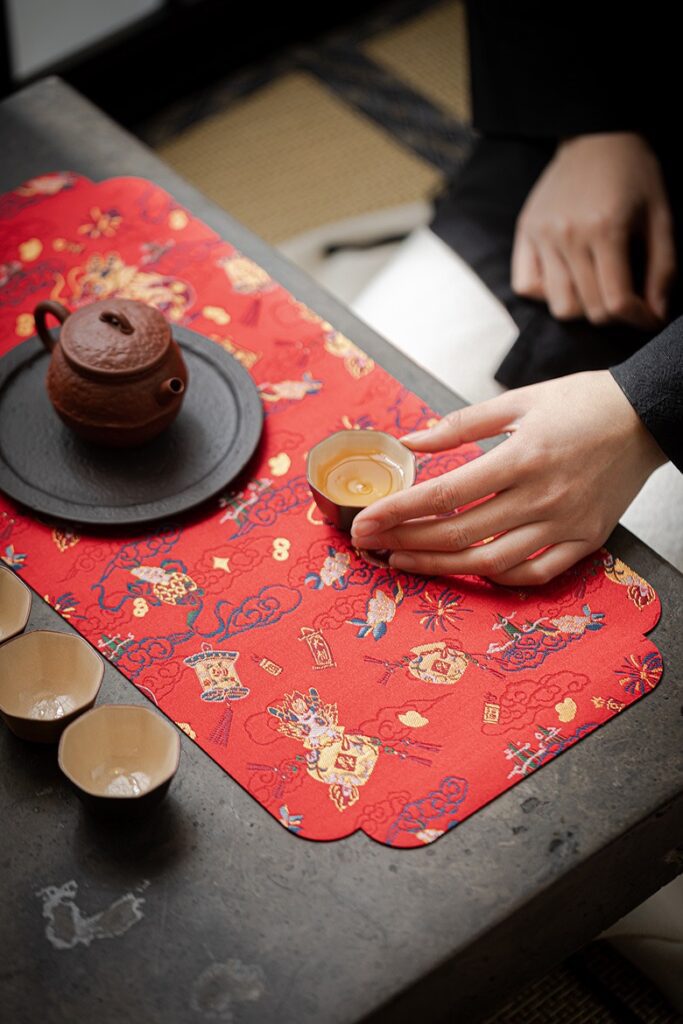
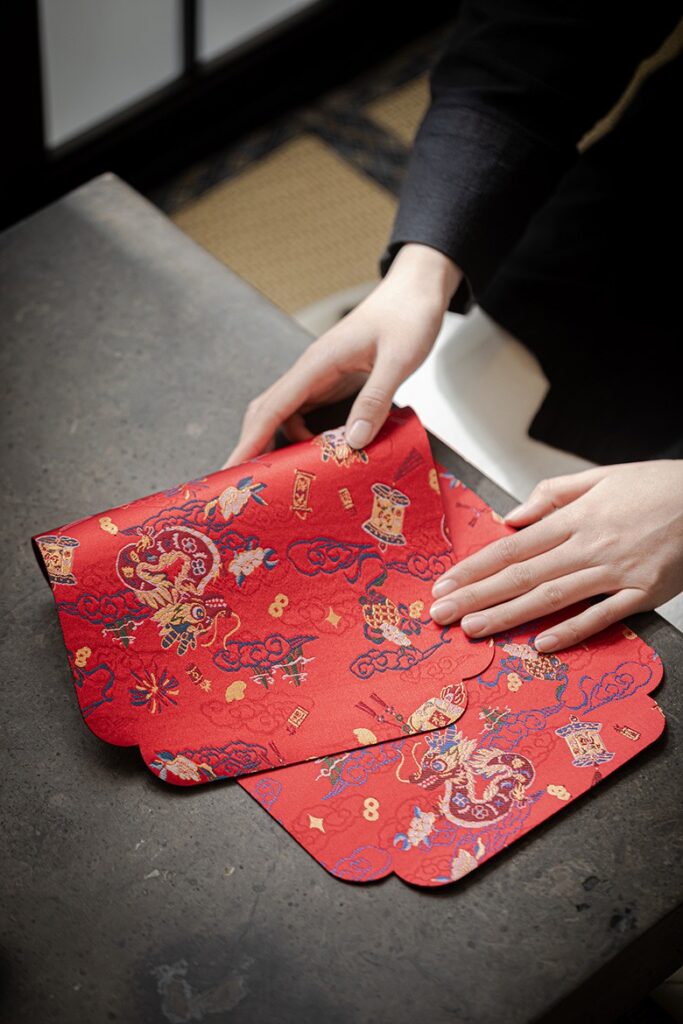
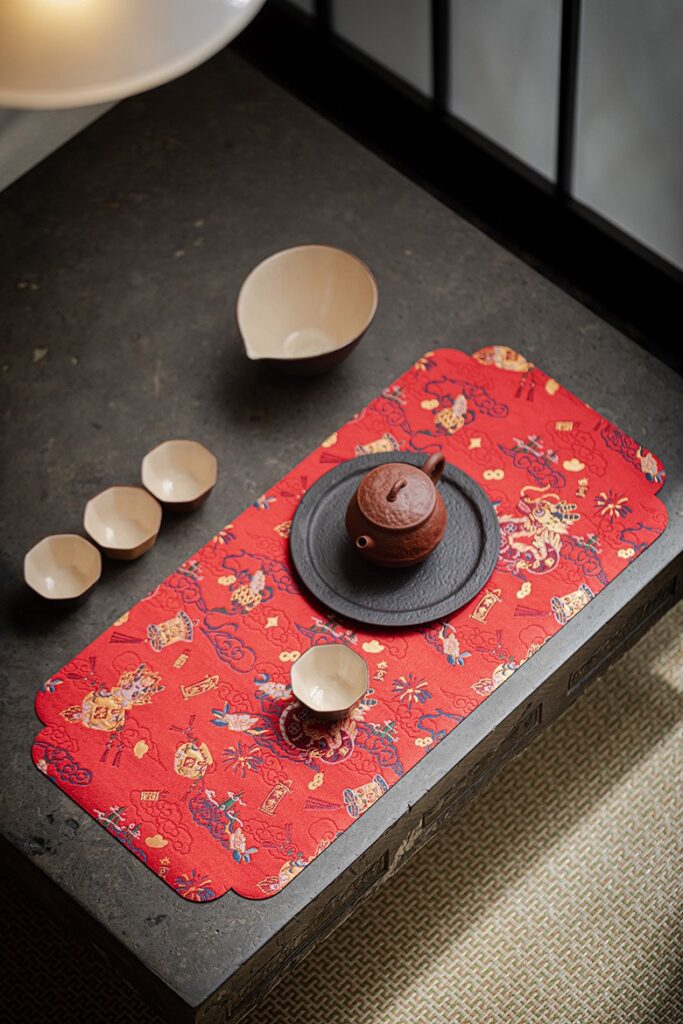
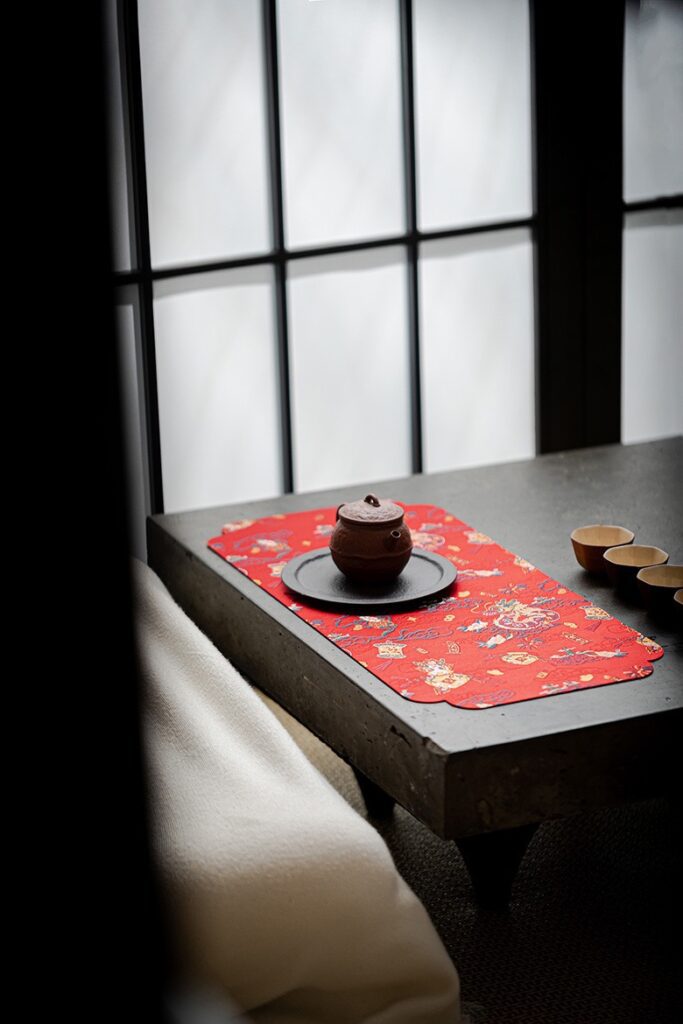
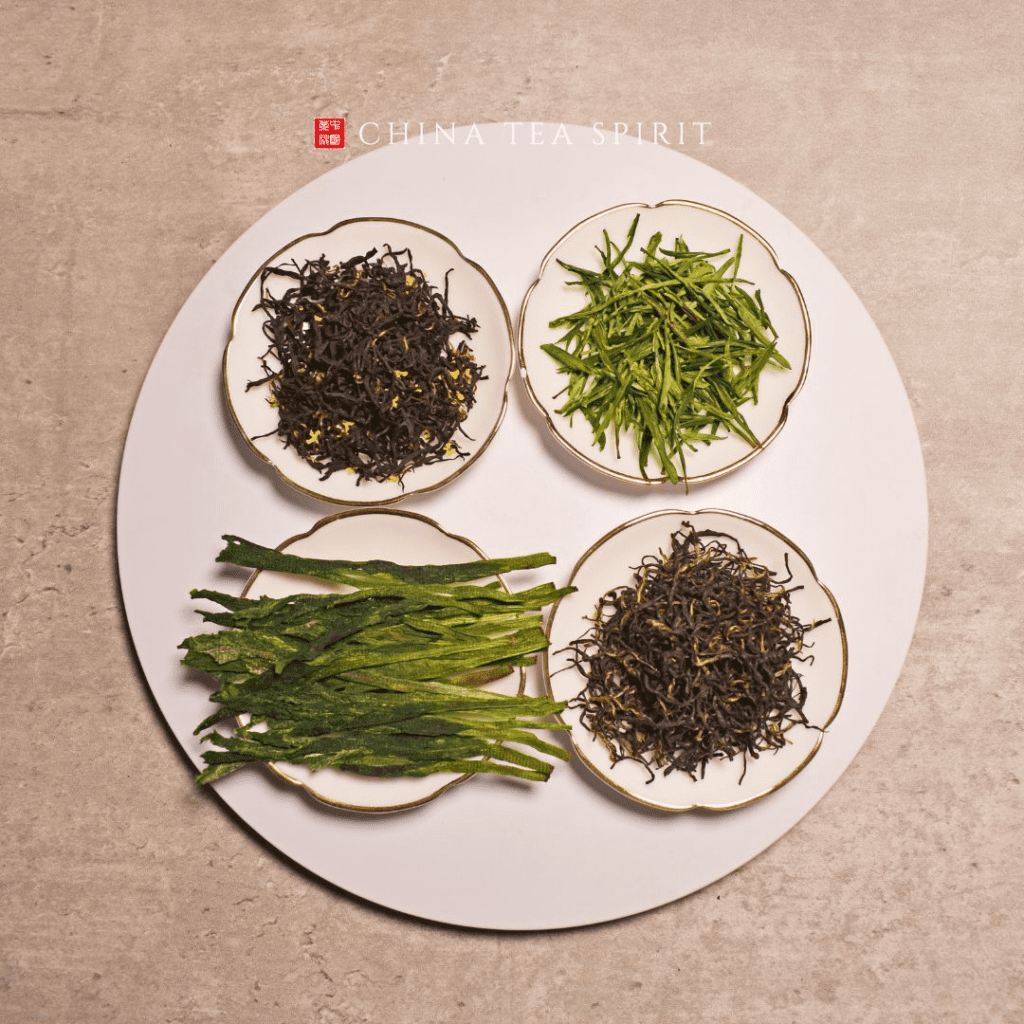
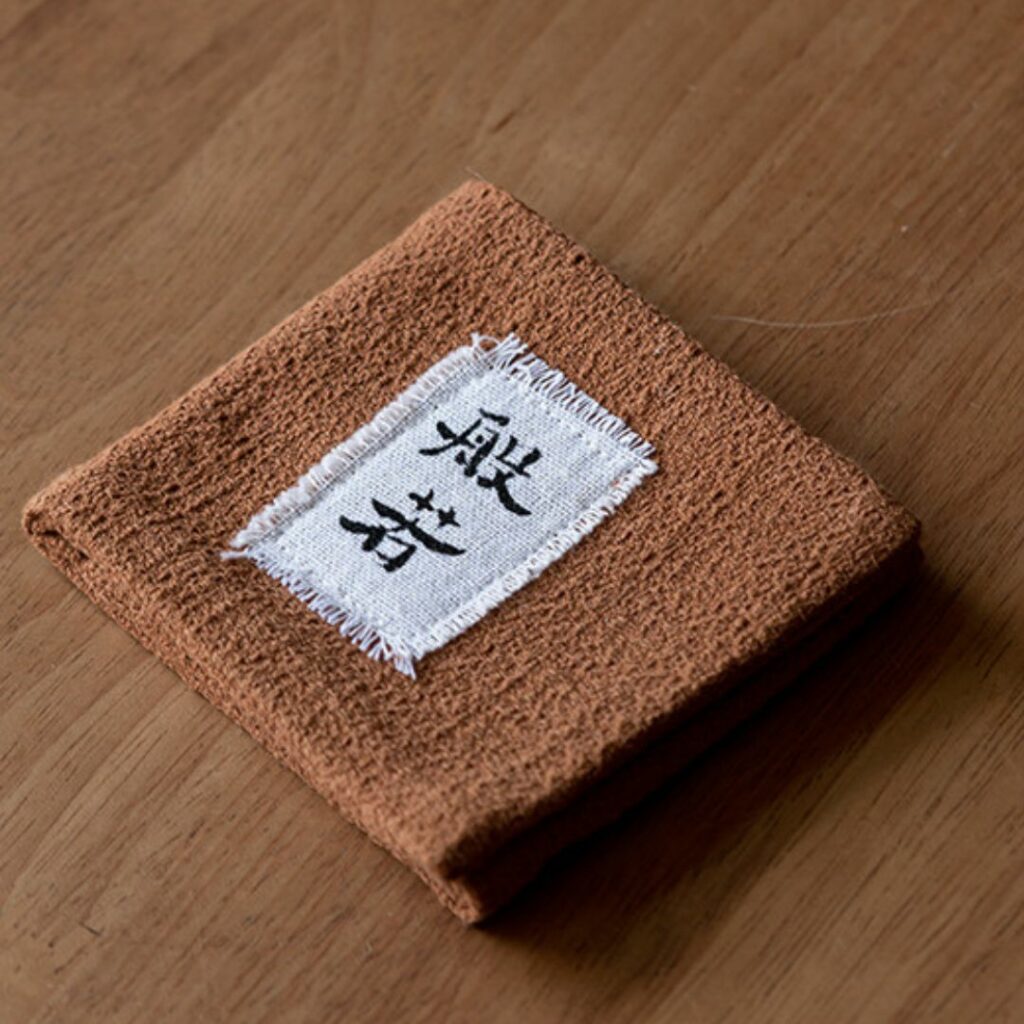
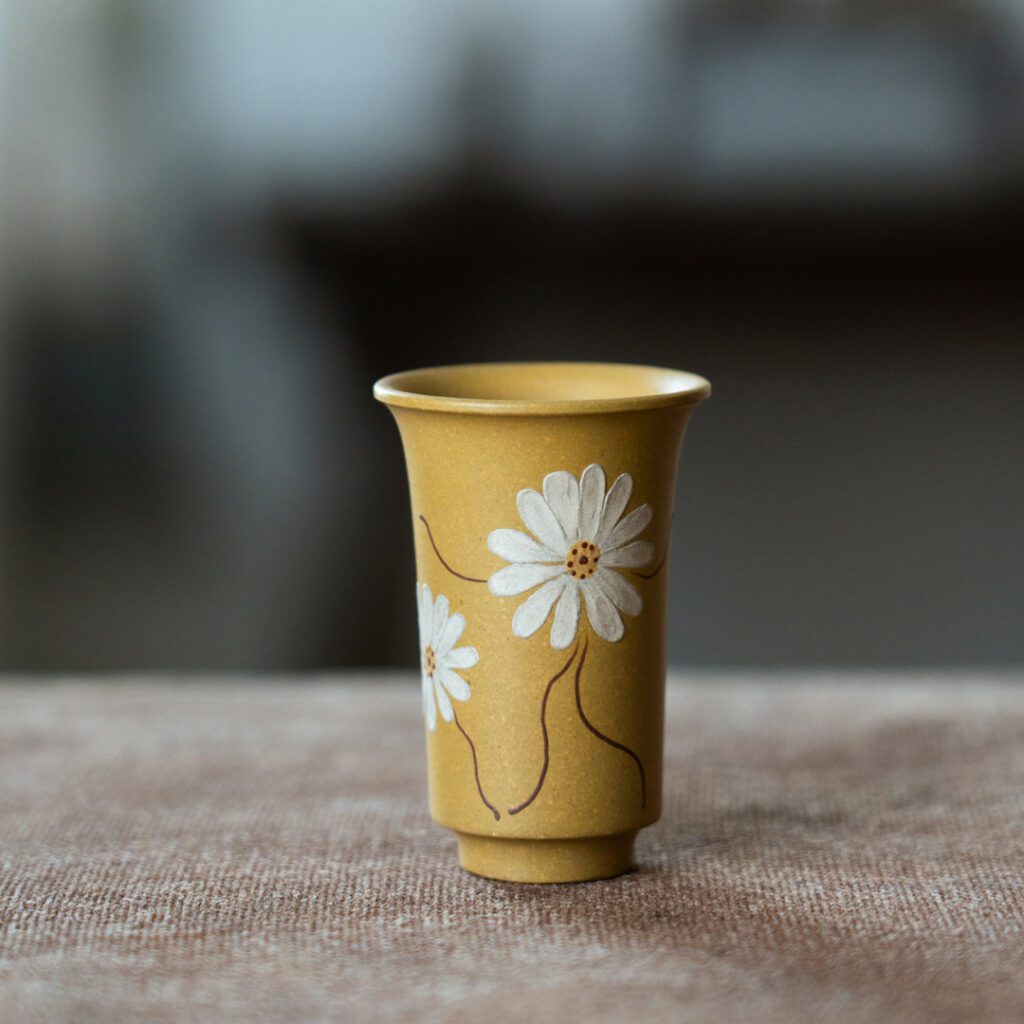
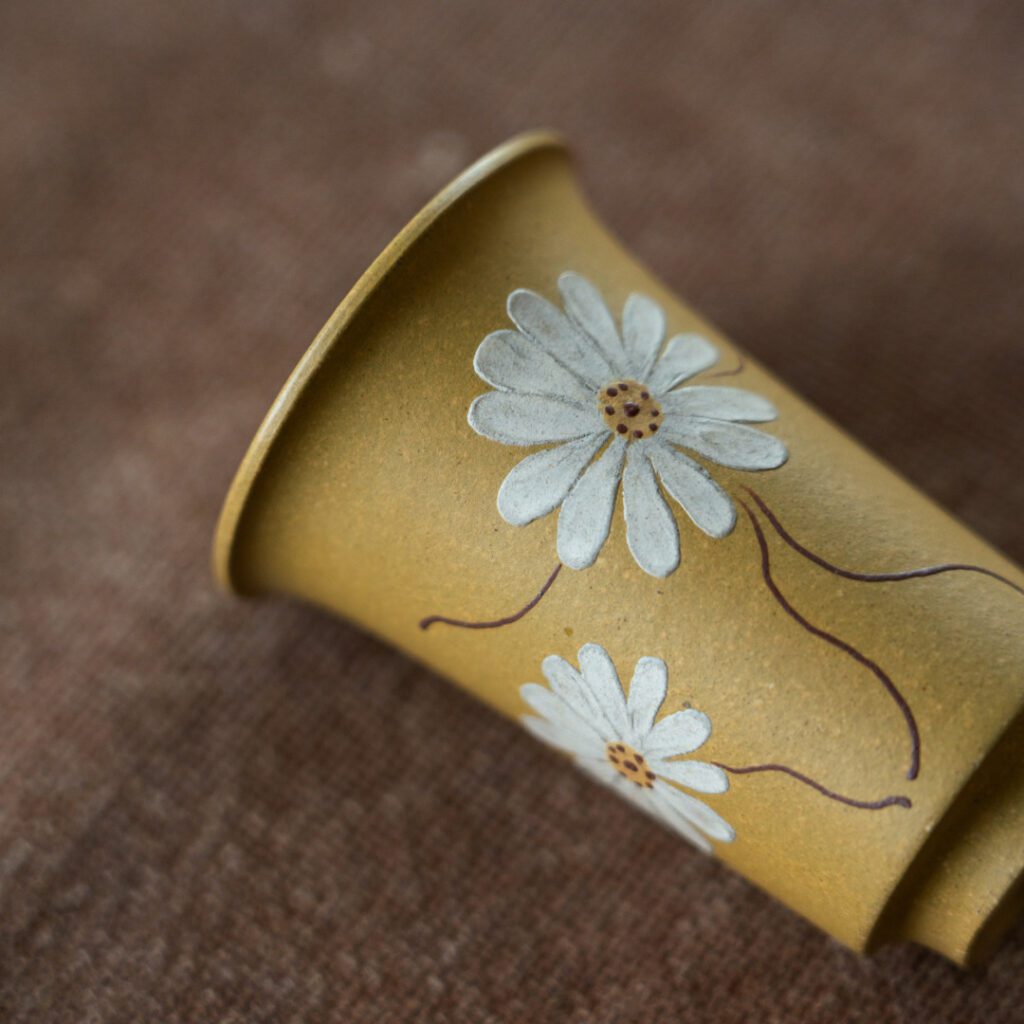

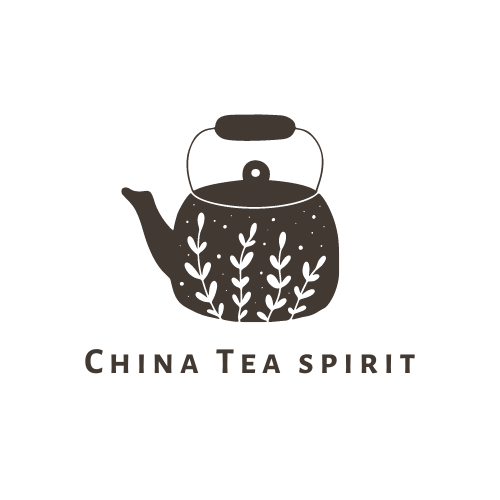
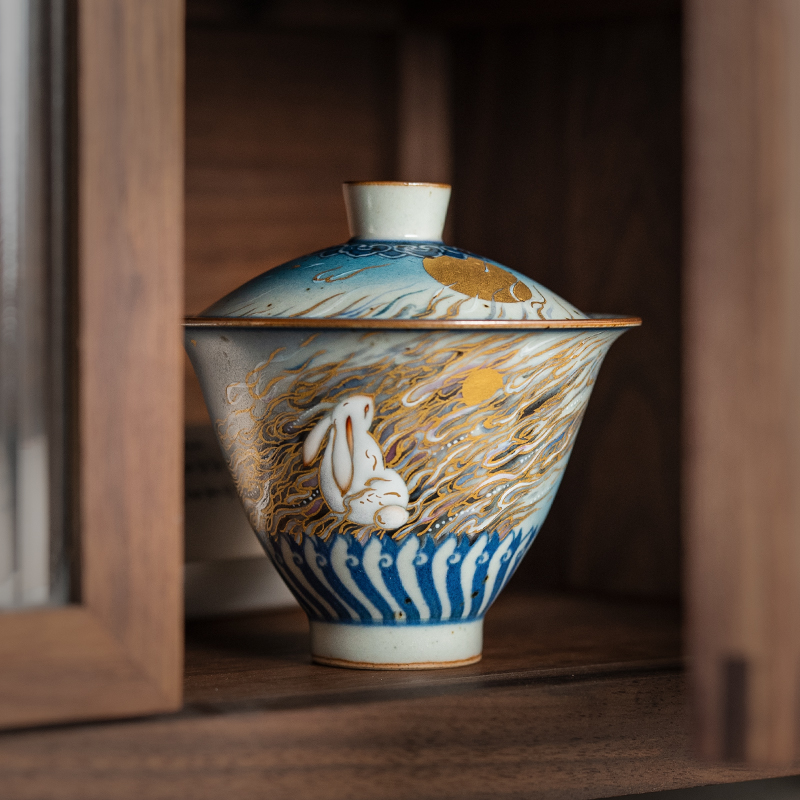
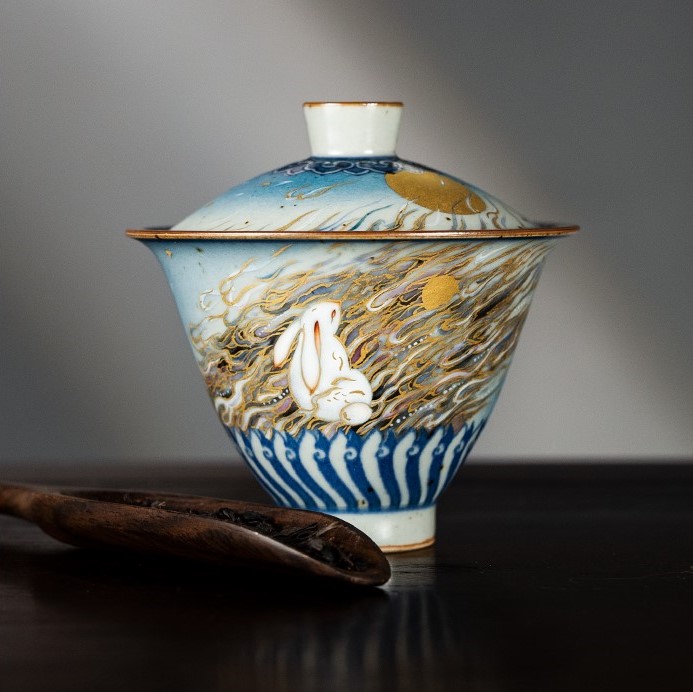
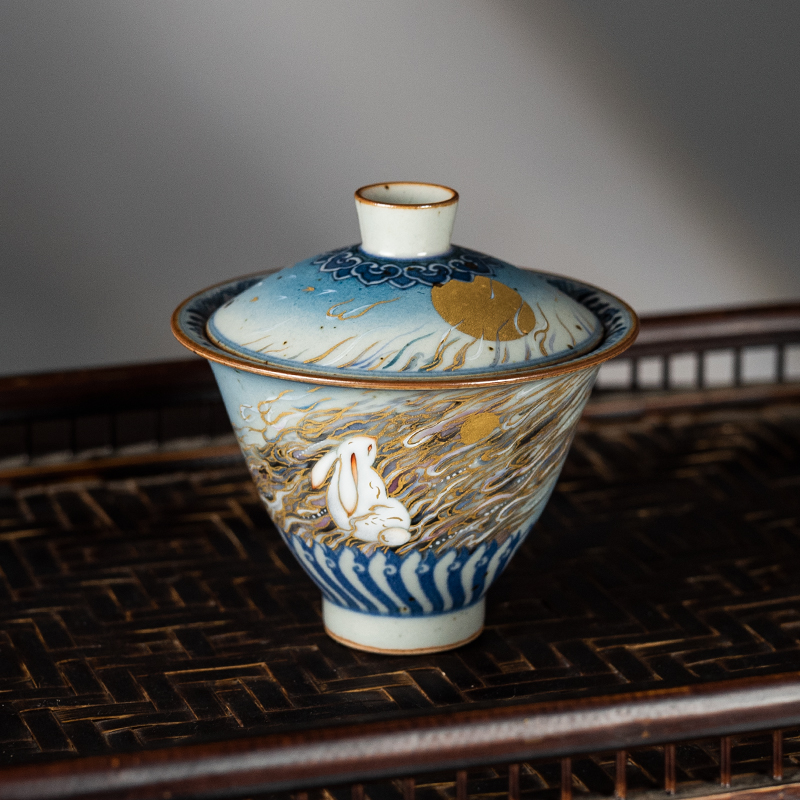
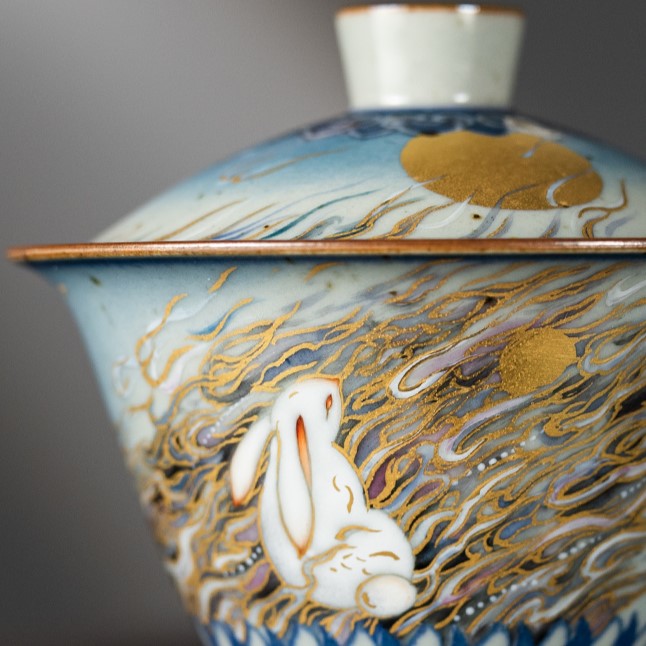
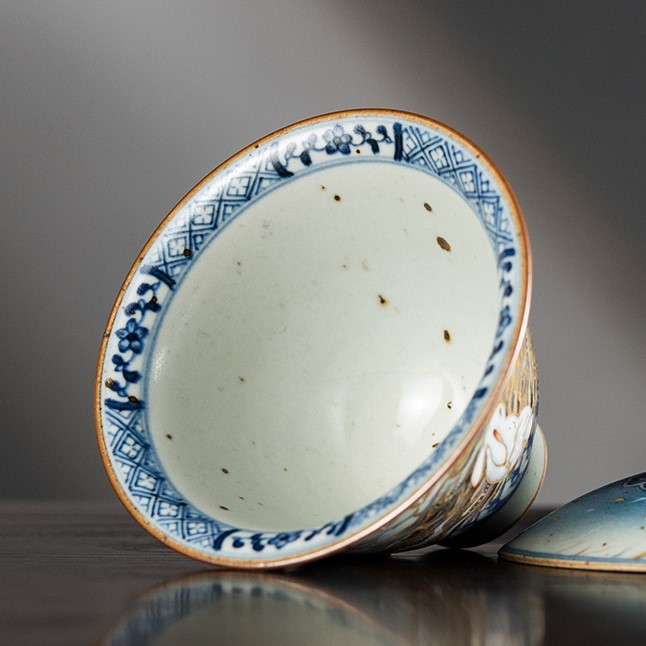
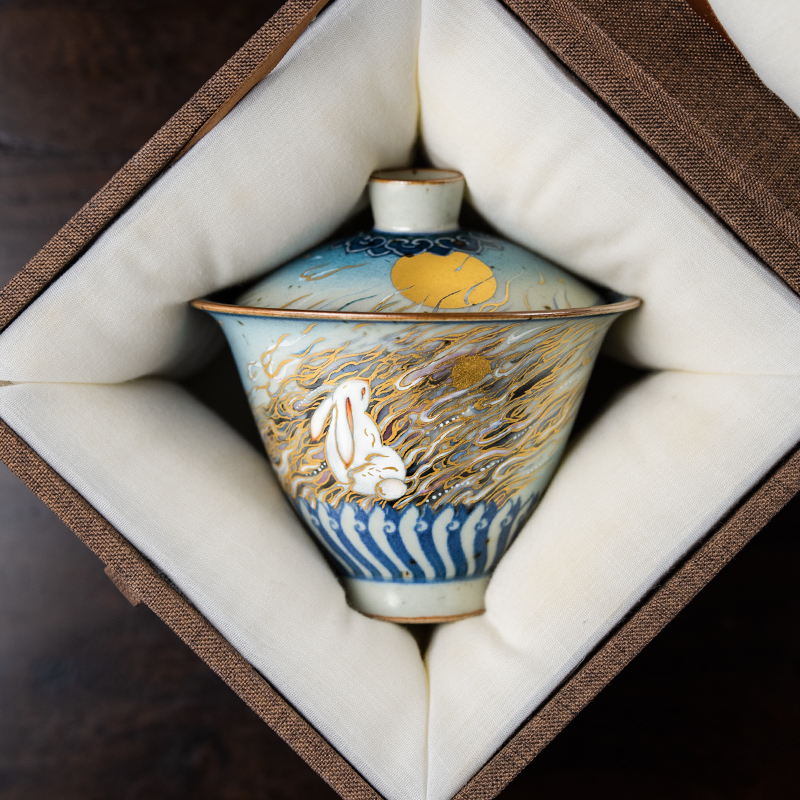
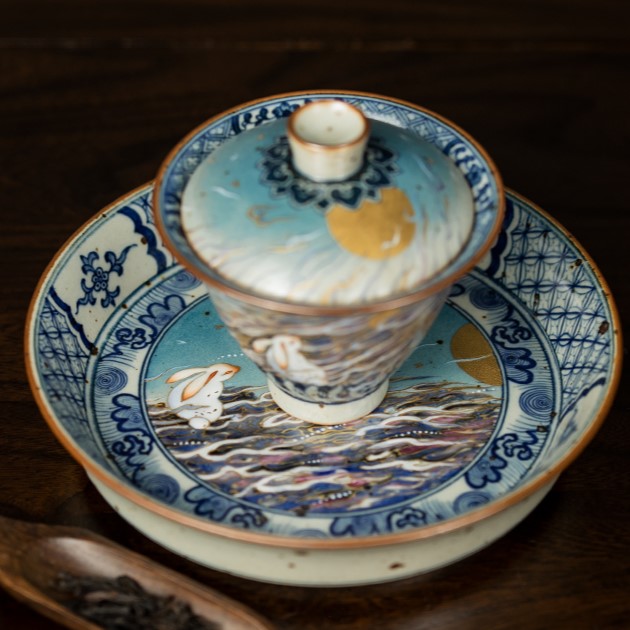


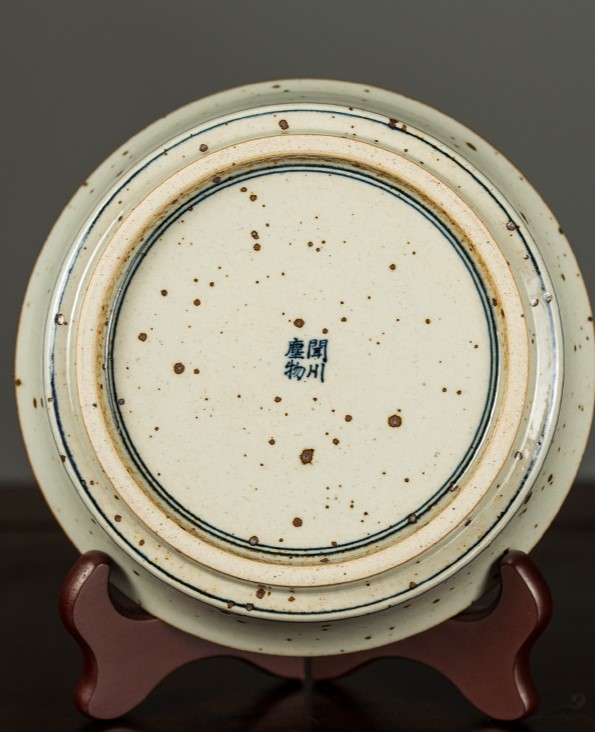
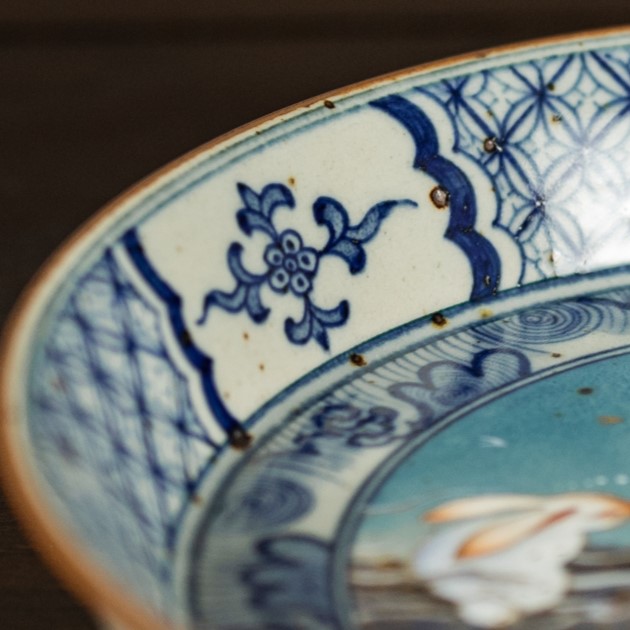


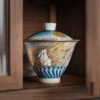
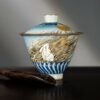

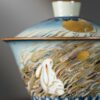
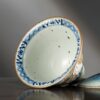
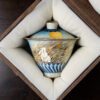
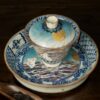


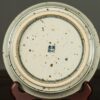
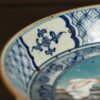

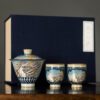


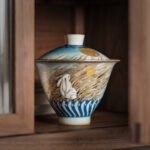
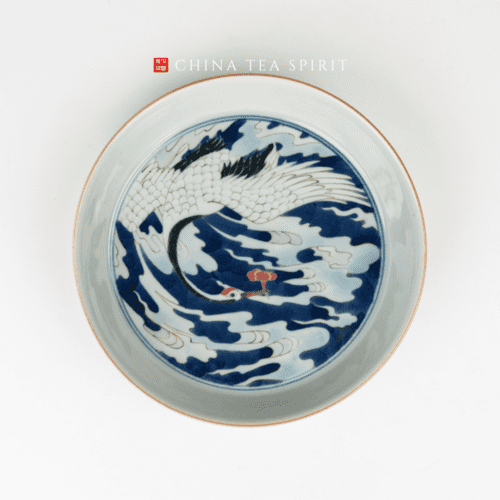
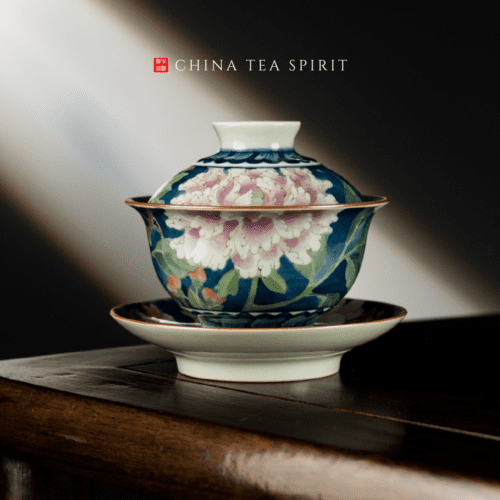
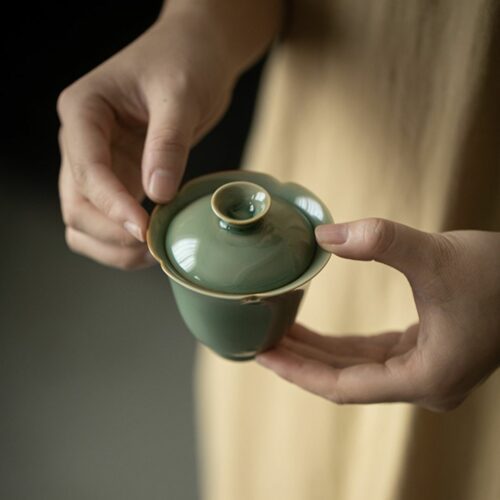
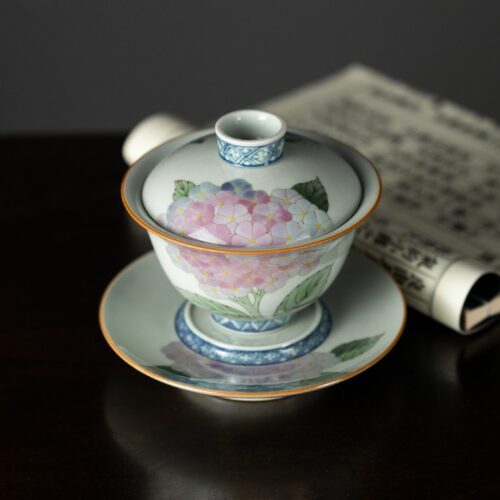
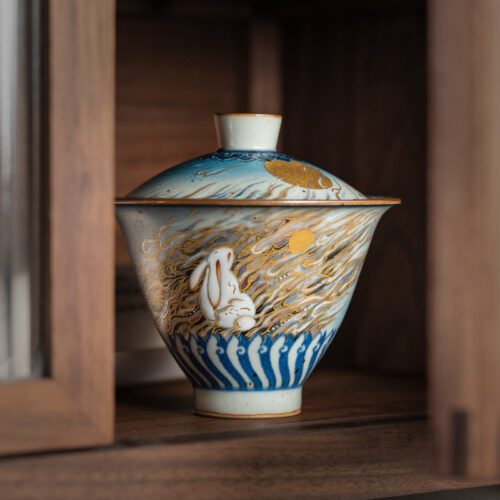
Very beautiful and perfect details. It arrived in a very nice box in perfect conditions and it was delivered before the estimated date of arrival. I’m very satisfied with my purchase.